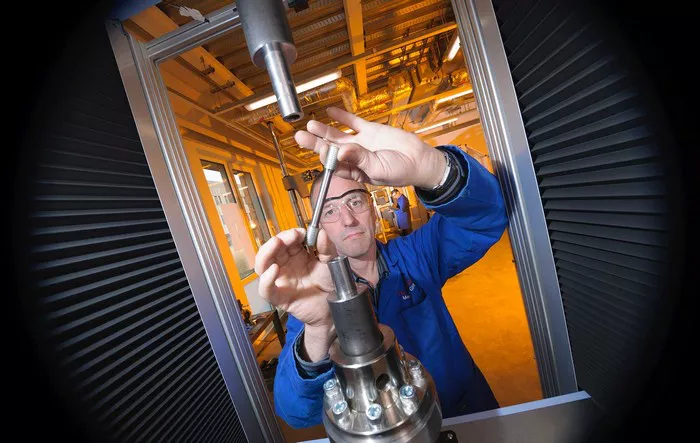While turbochargers have long been a staple in combustion engines, their use has traditionally been confined to passenger cars—not two-wheelers. That status quo may shift soon as tightening emissions regulations drive demand for smaller, more powerful engines in motorcycles.
Japanese manufacturer Yamaha, no stranger to innovation, has filed patents hinting at an electric turbocharger integrated into its CP3 three-cylinder engine lineup. Currently, the 847cc engine powers models like the YZF-R9 and MT-09, producing 117 bhp. With the addition of electric turbocharging, these figures could climb substantially.
Yamaha’s approach diverges slightly from Honda’s recently unveiled electric compressor for its V3 engine showcased at the 2024 EICMA show in Milan. Yamaha’s design employs an electrically controlled turbocharger rather than a compressor, signaling a nuanced step forward.
Electric turbochargers are well-established in high-performance cars, but adapting them for motorcycles introduces new complexities. Space constraints present a significant challenge, as fitting the turbocharger, intercooler, and piping into the compact motorcycle frame requires innovative packaging solutions. Weight is another critical factor; any added bulk directly affects handling and rider comfort.
Turbo lag remains a major hurdle. Unlike cars, motorcycles have highly sensitive twistgrip throttles that magnify even slight delays between throttle input and power delivery. Despite sophisticated electronic throttle controls, ensuring seamless, instantaneous boost on a lightweight, high-revving bike is uniquely challenging.
Patent filings reveal Yamaha plans to utilize a high-voltage electrical system—likely beyond the typical 12V setup—to power the turbocharger. The turbo would work alongside a crankshaft-driven generator, allowing the electric motor to spin the turbine independently of exhaust gas flow. This design mirrors modern automotive e-turbos made by Garrett and BorgWarner, which Mercedes and Porsche have already deployed in production vehicles.
The electric motor ensures boost is available instantly at all engine speeds, effectively eliminating turbo lag. Yamaha’s patents emphasize minimizing high-voltage wiring length between the generator, control units, and turbo to maximize efficiency and reliability.
Notably, Kawasaki has already explored forced induction with supercharged models like the Ninja H2R and Ninja H2 SX, showing growing manufacturer interest in boosting motorcycle performance through innovative forced induction technologies.
Yamaha’s electric turbocharged motorcycles could redefine performance benchmarks while helping meet stringent emissions standards—ushering in a new era of two-wheeled engineering.

